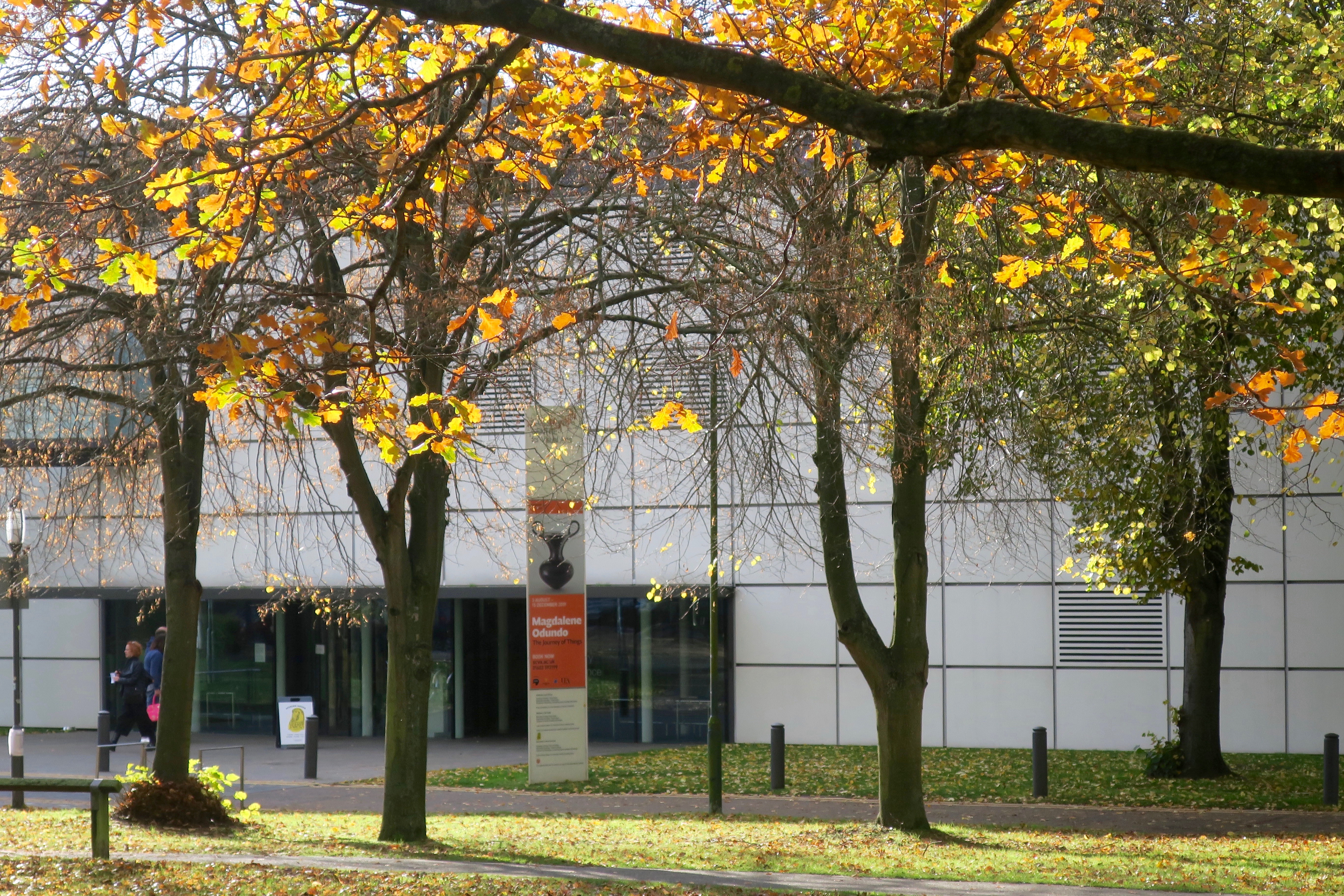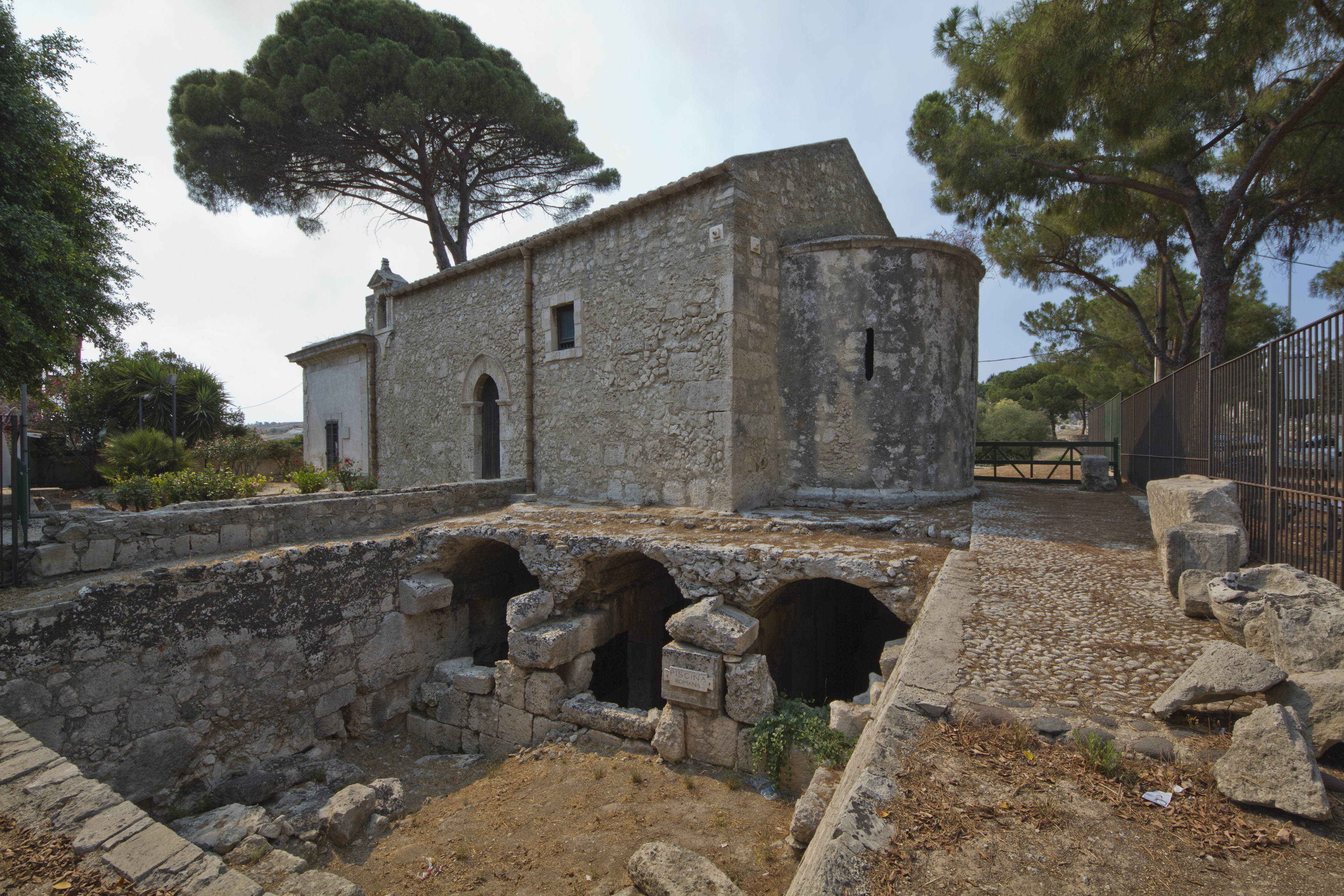わたしのチイサナココロ [i have a small heart] is a short documentary accompanying one woman’s journey along the Kumano Kodo through the Kii mountains of Japan. This ancient pilgrimage route, one of only two Unesco World Heritage pilgrimage sites in the world, is considered the spiritual heart of Japan.
Megumi, a thirty-something woman living alone in Mie Prefecture, has always felt a calling to walk the major pilgrimages of the world. We travel with her as she walks the Kumano Kodo seeking solace and connection to the generations of pilgrims around the world.
At the culmination of filming, we were granted extraordinary access to observe a rare ceremony with the Buddhist monks & Shinto priests of the region.
The monks had walked through the mountains for days to pray with the priests. Together, they honored the deeper connections to the land and shared history that transcend any particular religion or practice.
Alongside one small local news team, we were the only camera crew allowed access to document this ceremony.
A labor of love, this film began with these questions:
– Across time and all cultures, humans have established and maintained pilgrimages. What is it that draws us to these difficult journeys?
– How can we reconcile feelings of faith and doubt in religion?
– What role can pilgrimage play in our modern lives?
We hope this film can help be part of the search for the deeper connections that unite us across our different cultures, beliefs, and religions.
Bajir Cannon, Maki Itami Cannon, Megumi Ueno













